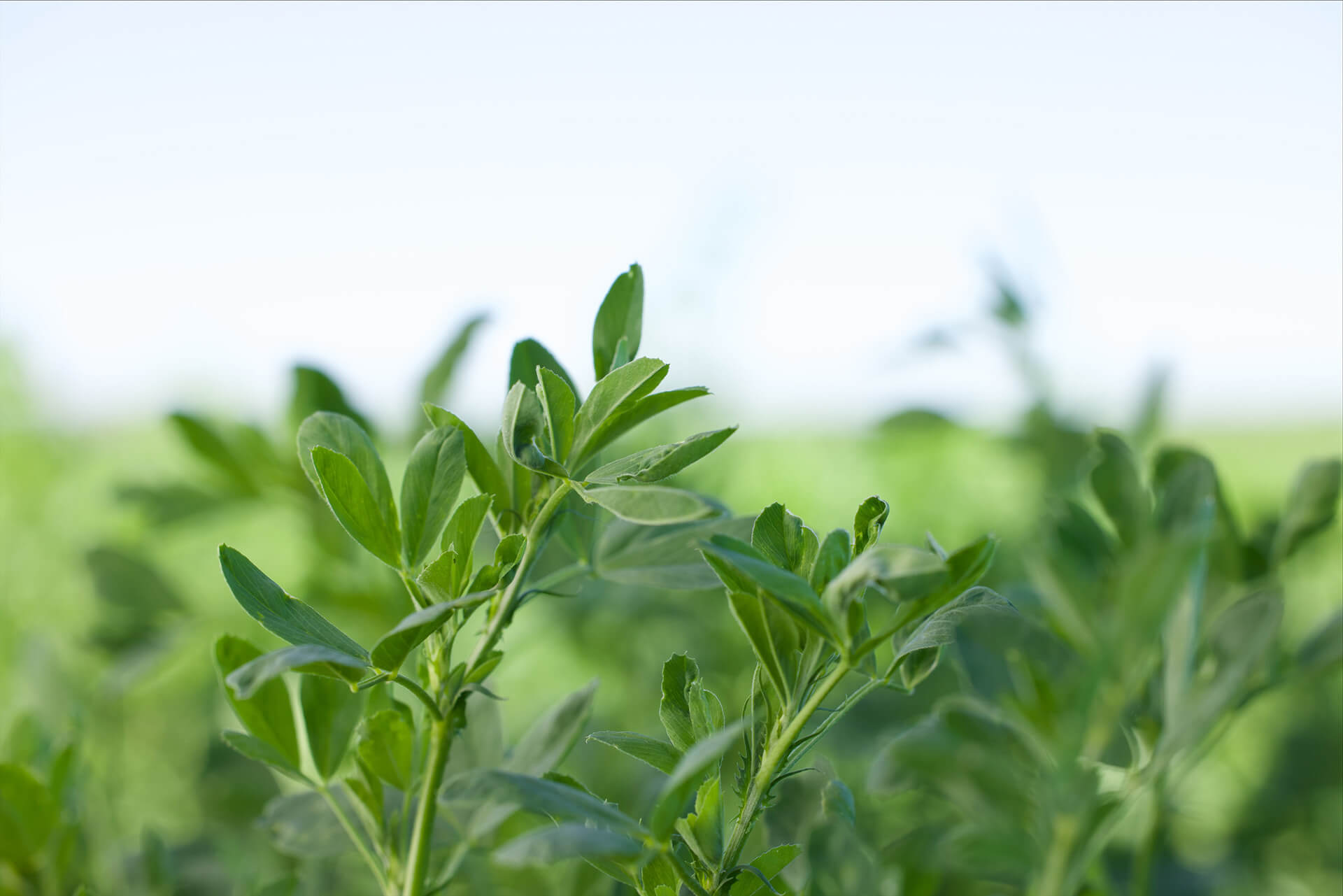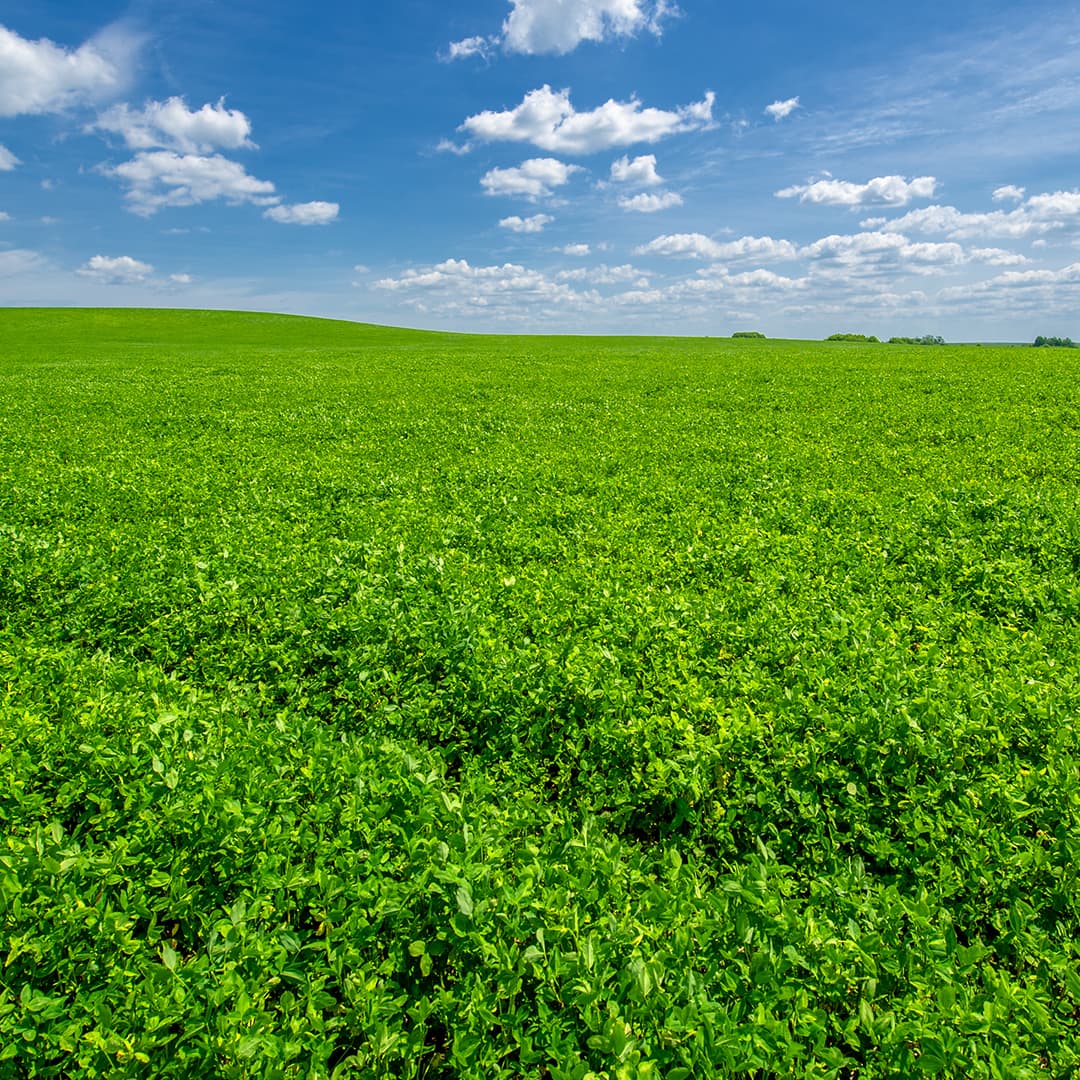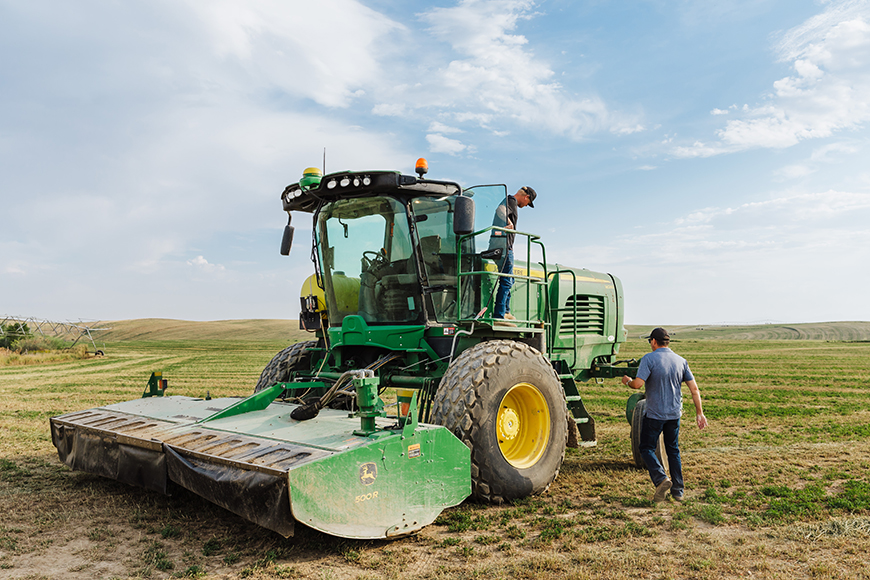Using the following fall checklist will improve winter survival of alfalfa and yield in the upcoming year.
- Assess the alfalfa stand density. This is easy to do immediately after mowing or when fall growth is less than 6 inches. Look for 55 stems/sq ft. This will give optimum yield next spring (assuming that winterkill is not a factor). Consider that 40 stems/sq foot indicates a 25% yield reduction next year from the optimum yield potential. If the stem density is low, it might be worthwhile to plan on turning stand over and seeding new fields.
- Have you fertilized to replace the nutrients removed from the soil with this year's harvested alfalfa? Consider that alfalfa removes 50 to 55 lbs. potassium and 5 lbs. of sulfur per ton of forage harvested. Now that you know the yield, you can calculate the amount of these two nutrients removed compared to what you have applied. Any deficit may be applied this fall until the ground freezes or should be applied early next spring. Fertilizer deficits will reduce winter survival and first cutting yield next spring.
- Inspect alfalfa stands for weed populations. If significant winter annual weeds are found, control may be justified (assuming the stand meets criteria in #1) or since winter annual weeds often come into thin stands this may be another indicator that the stand should be turned over. Control with Roundup (if the stand is planted with Roundup Ready alfalfa) is easy, else selected herbicides must be applied to dormant alfalfa.
- Inspect alfalfa planted in the last 60 days for weeds. Volunteer small grains will cause open spaces in the field next year and should be controlled this fall with Roundup (if Roundup Ready alfalfa was planted) or Poast Plus.
- Watch the height of the alfalfa going into the winter. It should be over 15 inches or less than 6 inches if a late fall cutting is taken. Height between 6 and 15 inches indicates regrowth with minimal carbohydrate replenishment which will reduce winter survival and/or yield of first cutting next spring.
- Considering the amount of alfalfa that needs to be seeded in the coming year, determine which fields of corn or soybeans had only herbicides applied with less than 12-month residual (see herbicide residual listings). Fields with herbicides applied with longer residual may reduce stand of any alfalfa seeded in the current year. Further plan ahead by using shorter residual herbicides on some fields of corn or soybeans where the intention is to plant alfalfa next year.
- Take soil samples from fields to be planted next year. Particularly check soil pH and apply lime yet this fall to fields with soil pH’s below 6.6.



